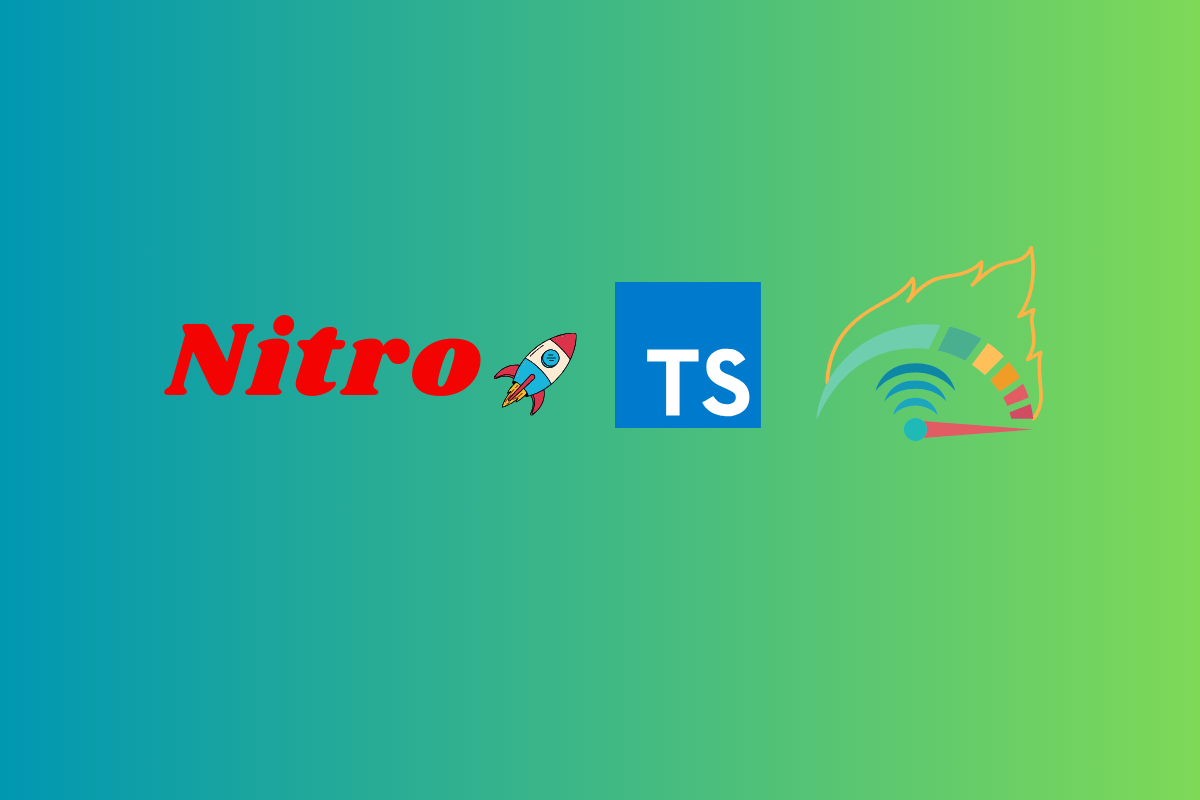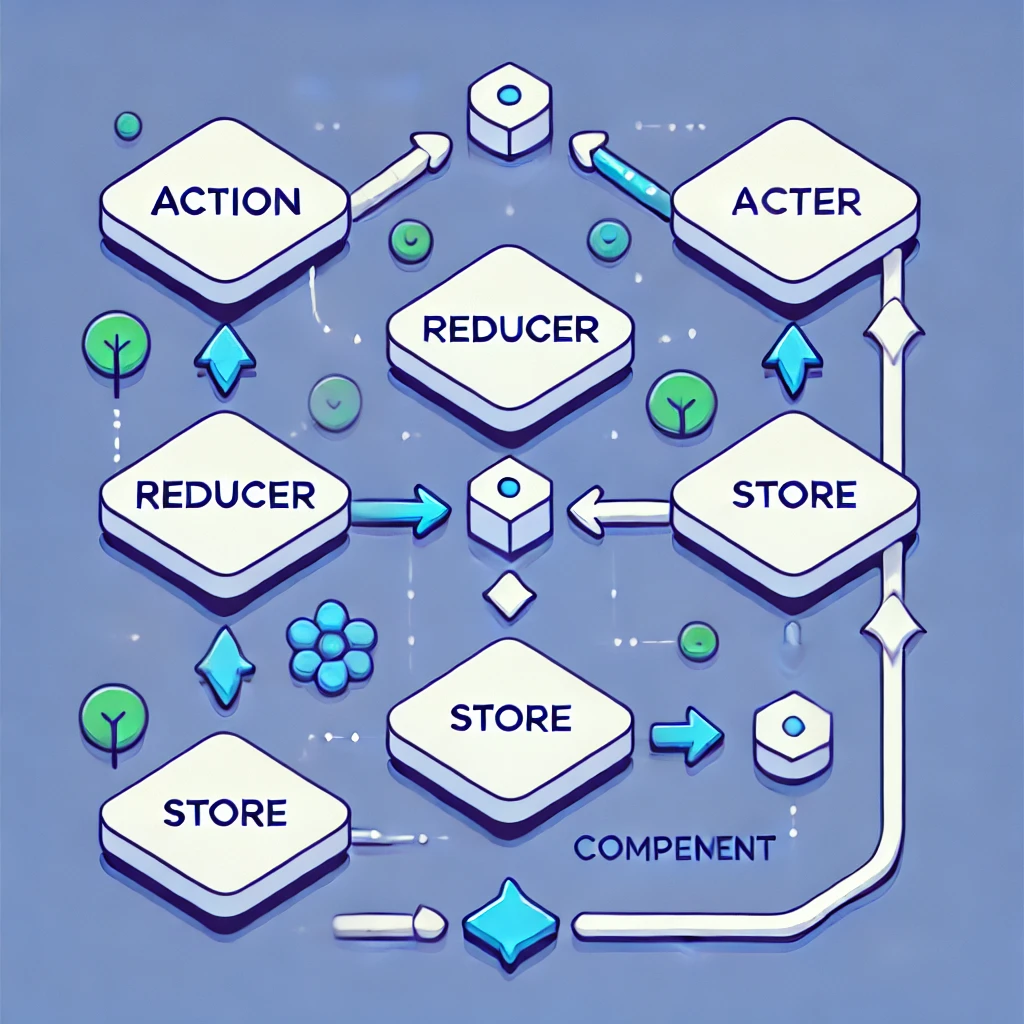React.js and Next.js are two technologies that frequently stand out for creating reliable and effective web applications in the quickly changing field of web development. Developers favour both because they each have unique use cases and strengths. Nonetheless, knowing the distinctions between Next.js and React.js will assist you in selecting the right framework for your project. This blog post will examine each technology’s benefits, main distinctions, and best practices.
What is React.js?
React.js, commonly known as React, is an open-source JavaScript library for building user interfaces, primarily for single-page applications. Facebook developed it and it has become one of the most widely used libraries in the web development community.
Key Features of React.js:
- Component-Based Architecture: React promotes the creation of reusable and modular components, which helps to manage and scale the code.
- Virtual DOM: React uses a virtual DOM to increase speed. Instead of reloading the entire page, it only modifies the changed DOM elements.
- Unidirectional Data Flow: React employs a unidirectional data flow, which allows data to flow only in one direction, simplifying debugging and comprehension of the application.
- JSX Syntax: React leverages JSX, a syntax extension that makes it possible to write HTML inside JavaScript, making the creation of UI components more natural.
What is Next.js?
Next.js is a powerful framework built on top of React.js. Developed by Vercel, Next.js adds several features and optimizations that enhance the development experience and performance of React applications. It is often referred to as a “batteries-included” framework for building server-side rendered (SSR) and static websites.
Key Features of Next.js:
- Server-Side Rendering (SSR): By sending fully rendered HTML to the client, Next.js can render pages on the server side, increasing speed and SEO.
- Static Site Generation (SSG): Next.js supports generating static HTML pages at build time, which can be served with minimal server overhead.
- File-Based Routing: Next.js simplifies routing by using a file-based system, where the file structure in the
pagesdirectory corresponds to the application’s routes. - API Routes: Next.js allows the creation of API endpoints directly within the application, enabling backend and frontend code to coexist in a single project.
- Automatic Code Splitting: Next.js automatically splits the code into smaller bundles, reducing the initial load time and improving performance.
Key Differences Between React.js and Next.js
1. Rendering Methods:
- React.js: concentrates primarily on client-side rendering (CSR). Although server-side rendering can be used, more setup is needed for this.
- Next.js: provides flexibility in the rendering of pages by offering built-in support for both static site generation (SSG) and server-side rendering (SSR).
2. Routing:
- React.js: uses client-side routing libraries such as React Router. Developers are required to manually configure and maintain the routing configuration.
- Next.js: makes use of a file-based routing system, which makes routing setup easier by automatically mapping the file structure in the pages directory to the application’s routes.
3. Configuration and Setup:
- React.js: requires more setup and configuration because building a complete development environment requires developers to integrate multiple tools and libraries (like Webpack and Babel).
- Next.js: cuts down on the amount of time needed to get started by offering a more pre-configured and opinionated setup with integrated support for TypeScript, CSS, and other necessary tools.
4. Performance Optimization:
- React.js: The developer bears the majority of the responsibility for performance optimization. Even though React comes with tools like the virtual DOM, other configurations like code splitting and lazy loading need to be done by hand.
- Next.js: includes several built-in performance optimizations, including quicker builds, automatic code splitting, and image optimization.
5. Use Cases:
- React.js: Ideal for building dynamic single-page applications (SPAs) and applications where client-side rendering is sufficient.
- Next.js: Ideal for applications that need to generate static sites, render static pages on the server, or both. It’s also a fantastic option for large-scale applications that require peak performance and SEO-friendly websites.
Conclusion
React.js and Next.js are two web development frameworks that each have advantages and meet distinct needs. While Next.js expands on React’s capabilities by introducing server-side rendering, static site generation, and other potent features, React.js is a flexible library for creating dynamic and interactive user interfaces. In the end, the decision between the two is based on the needs of your project, your preferences for development, and performance factors. Knowing the differences between them will help you select the best tool for your upcoming web development project.
Feel free to share your thoughts and experiences with React.js and Next.js in the comments below!
For more details please Refer to this for React.js and Next.js






